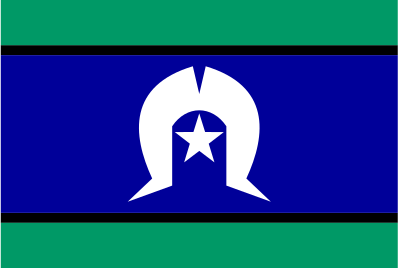Cultural and Inclusive Music
Music is a powerful tool in supporting children’s language development and literacy skills, functioning as both an engaging form of entertainment and a cognitive stimulator that assists in language acquisition across different languages and cultures. Dinham and Chalk (2018) observe that in cultures worldwide, important knowledge and practices have historically been preserved and conveyed across generations through music, song and dance. As such, music can offer an inclusive platform that accommodates the diverse backgrounds, capabilities and interests of every child.
Cultural Music
An inclusive musical setting honours and embraces the rich cultural diversity that each child brings to the learning environment. Exposure to musical heritage from multiple cultures enhances educational depth and inspires greater appreciation and respect for diverse worldviews. Niland (2015) argues that greeting songs in which each child’s name and their first language greeting is included, as well as traditional singing games like The Farmer in the Dell or Punchinello, allow children, in group musical experiences, to feel safe, seen, and welcomed. Early childhood teachers can also empower children to connect with and express their cultural identities through music by introducing diverse musical elements from around the world. Dinham and Chalk (2018) add that engaging with varied genres, such as classical, jazz and blues, in conjunction with diverse cultural music traditions, including Indigenous music, African music, and Polynesian music, is also important.
Inclusive Music
For children with hearing challenges, enjoyable and playful musical experiences provide essential opportunities for growth and development. Music’s broader pitch spectrum, ranging from high to low notes, makes it easier to perceive and engage with sound compared to the narrower tonal range of speech, while also helping young listeners actively exercise their auditory perception abilities (Abotomey, 2008). Facilitators may encourage participation by adapting instruments and activities to accommodate diverse capabilities and by providing non-auditory entry points such as visual prompts and tactile experiences. It is worth noting that a number of accomplished musicians, as exemplified by renowned classical composer Beethoven and contemporary jazz vocalist Mandy Harvey, have thrived despite being deaf. By linking sound with visual, kinaesthetic and tactile information, deaf children can effectively “hear” in a multi-sensory way. Young learners with hearing difficulties may experience sound through methods like placing their hands on the chest to feel vibrations while singing, using pitch maps for visual tracking or exploring Morton Subotnick’s Pitch Painter app, which links pitch to coloured visual cues.
Indigenous Music
The music and songs of Indigenous peoples can also provide valuable support in enhancing children’s language skills and literacy development. The language development of children aged five can be enriched by engaging with the diverse linguistic structures in Indigenous languages and dialects, as well as with the innovative intersections between Indigenous and other musical styles. To illustrate, educators can guide emergent musicians to sing “Everybody tap your sticks, tap your sticks” to the tune of If You’re Happy and You Know It, while modelling rhythmic tapping with Indigenous-style clap sticks.
This can at the same time aid in cultivating recognition, respect and a profound understanding of the enduring cultural heritage of Australia’s First Nations peoples. Through storytelling about creation, the land and animals, many Indigenous songs can not only promote children’s literacy but also pass on cultural knowledge, as indicated earlier. Click the link to access additional resources on Indigenous music: Resources.
Acknowledgement
We respectfully acknowledge the Wurundjeri People of the Kulin Nation as the traditional custodians of the land on which we learn and work. We honour their enduring spiritual, cultural and custodial connection to the land, water and community. Our deepest respect is given to the Elders, both past and present, and extends to all First Nations peoples and communities around the world.

